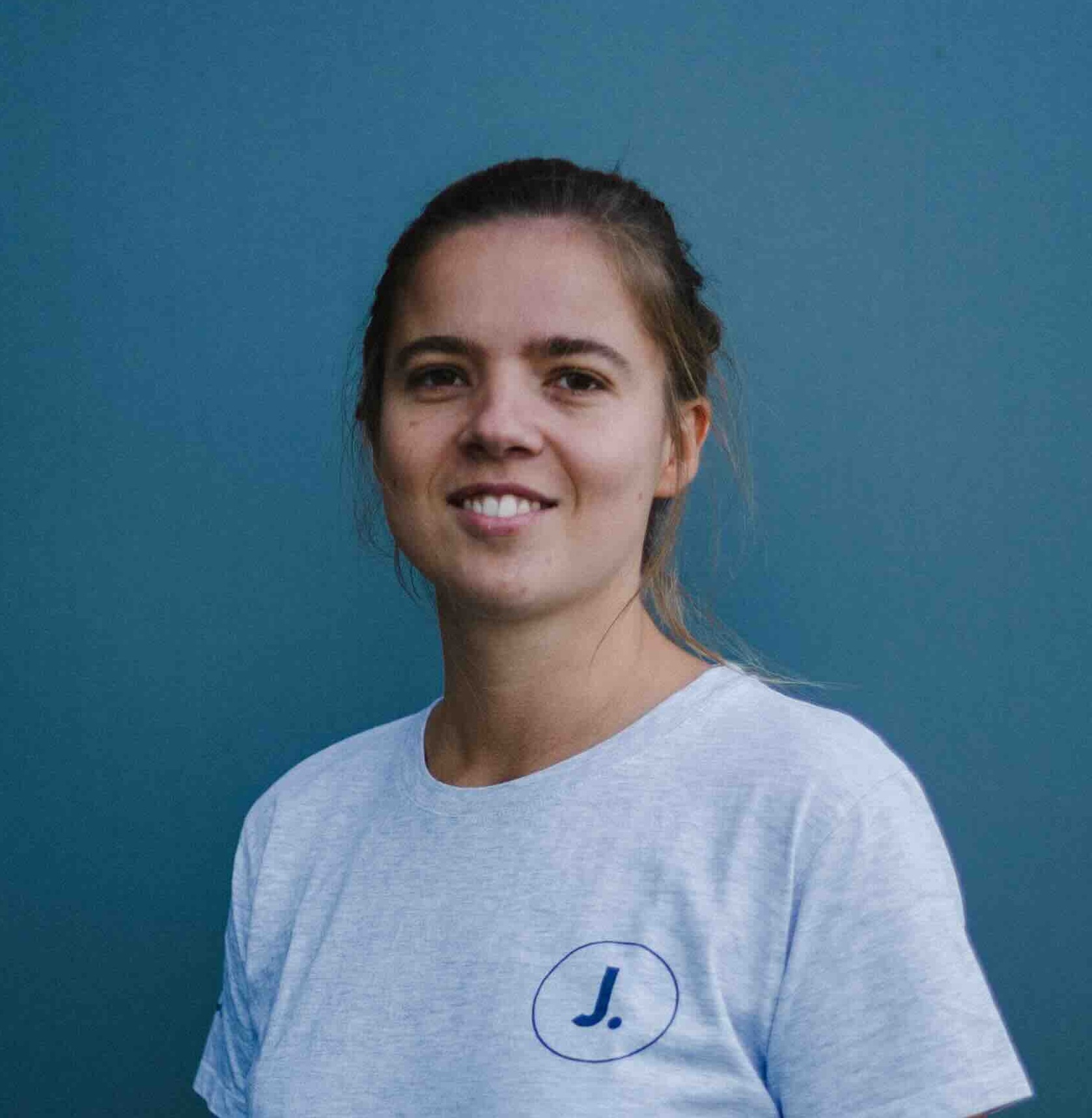
How can we analyze the biomechanical impact of an exoskeleton?
To measure the biomechanical impact of an exoskeleton, there are mainly three parameters to study : muscular impact, skeletal impact and impact on energy costs.
- Measuring muscular impact, is generally done via EMG sensors (electromyogram, editor's note). The study consists in comparing muscular activity with and without an exoskeleton for similar movements and then in analyzing certain parameters such as means, standard deviations, quarters, peaks, etc.
There are other capture solutions under development such as MMG (mechano-myography, editor's note), which consists in listening to the noise of the muscles, whose use is less widespread because of the need for post-treatment. Other tests are also possible over a longer term, such as a endurance test Or a Strength test with an isokinetic machine.
- Measuring skeletal impact consists, most often, of record the movement using, for example, inertial monitoring units (IMUs) or near infrared cameras, then integrating this data into simulation software, making it possible to Calculate the loads in each joint by reverse dynamics.
- Measuring the impact of energy costs, on the other hand, is more subtle. It is interesting to study the balance between The physiological cost (oxygen consumption, heart rate, etc.) and The biomechanical cost (linked to kinetics, to movement). There is, of course, a balance between these two energies, and the exoskeleton must not disturb this balance.
Do exoskeletons limit exposure to biomechanical risk factors?
The real benefit of exoskeletons is Relieve highly stressed joints. From a biomechanical point of view, care must be taken to consider the body as a whole. One of the advantages of exoskeletons is their ability to reduce peaks in muscle activity, sometimes linked to false movements.
However, it is impossible to generalize about the impact of exoskeletons since it depends on the design. Each exoskeleton is specific but it is possible to give trends on sets of products (lower extremities, upper extremities, backs).
We still have little perspective on the long-term impact of exoskeletons, can you give me your opinion?
THE INRS And theAFNOR are working a lot on the subject to create a normative framework to the use of exoskeletons.
There is several studies that are in progress but it is difficult to ignore a real biomechanical study to understand this impact. For products like ours, you have to prove that, over the long term, the impact is transparent about healthy people, and what is beneficial (less pain while maintaining a correct posture) to pathological subjects. To do this, you have to do studies by taking all types of people and generate enough data.
You have to study regularly in the years to come to get perspective and check that the benefit/risk ratio is good. In 5 or 10 years, hindsight will be sufficient. It is up to the manufacturers to keep in touch and check that there are no problems with users. The risk is that a user no longer wears the device (because it does not suit him) but that the information does not go back to companies that manufacture exoskeletons.
Exoskeletons are like drugs, clinical evidence is needed. As a medical device, Japet had to validate its claims via clinical studies and monitors its users in order to control the risks associated with the use of its products.
Why can't exoskeletons make it possible to carry more weight?
The exoskeleton is there for Relieve a part of the body. If we increase the load, we find ourselves in a case equivalent to the initial problems, and the exoskeleton no longer plays its role of relieving the joints but then takes on the role of external muscle.
Except in the military case, which is a bit particular, it is an absurd idea to want to carry more weight, because It only displaces the problem instead of solving it. For example, a person with MSDs by carrying 10kg loads will trigger MSDs if they carry 20kg loads with an exoskeleton. The problem will always be the same, namely: this person has MSDs.
What are, today, the points of vigilance, from a biomechanical point of view, of exoskeletons?
For exoskeleton designers, it's about Do whole-body studies, in order to have a global vision of the impact of their device, and avoid focusing on a single joint in particular. It is quite complicated to carry out global studies, because they require a lot of implementation. When you offer people to carry out measurements, everything must be done in a maximum of one hour, from the installation of sensors and the uninstallation... if you want complete studies, it necessarily takes more time.
For their part, businesses need to verify that users use the exoskeleton in the right conditions, respecting a certain period of use. The follow-up should be regular and frequent at the beginning, then a follow-up every year will be sufficient thereafter. If a company realizes that its employees are stopping using the exoskeleton or, conversely, if they want to use it much more than recommended, there are questions to ask themselves.
It is also important to involve occupational medicine, which can anticipate a problem or detect it as the exoskeleton is used.
For the user, You should not live with an exoskeleton but learn to use it when you really need it.
In your opinion, what makes exoskeletons find their place in business?
Exoskeletons are innovations that were created because there were a real need.
There are workstations that cannot be arranged for various reasons (machine congestion, confined spaces, etc.). Retirement is increasingly later, people are working longer and not always in good conditions. Exoskeletons can really do a lot, but they have to be done intelligently. Wearing an exoskeleton is never trivial.




